Not only shortening geographical distances and connecting regions, high-speed railways in Japan, South Korea, China, etc. also help form high-tech industries worth hundreds of billions of dollars. With the North-South high-speed railway project, Vietnam is facing a “once in a century” opportunity to create a new industrial launch pad for the country on the threshold of an era of development.

When railway technology becomes the engine of the economy
In Japan, Shinkansen is not only a source of national pride but also the foundation for a high-tech railway industry worth more than 74 billion USD per year for Japan (according to the Japanese Ministry of Transport, 2023). The development of a high-speed rail network of nearly 3,100 km (ranked 3rd in the world ) in Japan has brought along dozens of industries: new materials, mechanical engineering, manufacturing of locomotives, carriages, electronic control, safety engineering, signal systems, etc.
Hitachi Group - the manufacturer of Shinkansen locomotives - has expanded its production line globally thanks to technology developed from its own domestic high-speed rail network. Many advanced technologies are also exported by Japan, such as electromagnetic braking systems, lightweight composite materials, energy-saving electric motors, etc.

In Korea, the KTX system has been in operation since 2004, helping the country successfully build a domestic supply chain with a localization rate of 87% in value and 92% in components by 2020, making Korea the most successful country in railway localization. The high-speed train industry has helped Korea create more than 150,000 high-quality jobs, contributing to the growth of manufacturing productivity.
China is a prime example of how a country has transformed from the “world’s factory” to a high-tech industrial powerhouse through strategic infrastructure investment. After two decades of development, China has the world’s longest high-speed rail network, with more than 45,000 km, accounting for more than 70% of the world’s. More importantly, the country has developed a domestic industry capable of exporting the entire value chain – from design, construction, operation to technology transfer.
Vietnam: Rails for a new industrial mainstay
In Vietnam, the North-South high-speed railway project, with a total length of more than 1,500 km and a total investment of about 67 billion USD, is considered a great project of the century. According to calculations by the Ministry of Transport (now the Ministry of Construction ), the project will create a construction market worth about 33.5 billion USD. If the national railway system is included, the urban railway will create a construction market of 75.6 billion USD, of which the production of vehicles and equipment will be 34.1 billion USD (locomotives and carriages 9.8 billion USD; signal information systems and other equipment 24.3 billion USD).

In fact, after more than a century of formation, the Vietnamese railway industry is still struggling to find a new direction in the context of lagging behind the world. Specifically, Vietnam has not yet mastered the technology of manufacturing locomotives and carriages. Currently, newly built locomotives have a localization rate of more than 10%. In particular, the signal information and control of high-speed trains are the most complicated, Vietnam is still completely dependent on foreign core technology suppliers, such as Hitachi (Japan), Alstom (France), Siemens (Germany) ...
Dr. Le Xuan Nghia, former Vice Chairman of the National Financial Supervisory Commission, said that with the implementation of the North-South High-Speed Railway project, Vietnamese enterprises will have the opportunity to receive transfer and learn to master core technologies, from manufacturing carriages, manufacturing wheel axles, braking systems, bogies, to control technology, creating a strong transformation for the railway industry.
“By mastering the technology, Vietnam can build a railway industry with very high added value, not inferior to the automobile industry,” said Dr. Le Xuan Nghia.
Comparing the railway industry to “the rails of a new industrial pillar”, a new driving force for the development of manufacturing and supporting industries in Vietnam, economist Nguyen Minh Phong expressed optimism when VinSpeed, a company founded by billionaire Pham Nhat Vuong, proactively proposed to invest in the North-South High-Speed Railway project. According to him, this proposal is not only in line with the spirit of Resolution 68 but also a measure of the feasibility, effectiveness and efficiency of this Resolution.
The expert assessed that VinSpeed's proposal also shows the pioneering spirit of a large private corporation proactively taking on a major responsibility that is vital to the national economy; opening up a "once in a century" opportunity to bring the railway industry in particular, as well as the manufacturing industry and supporting industry of Vietnam in general, to develop in a breakthrough direction towards modernization and international integration.
Recalling the “miraculous story” of VinFast, a private enterprise also founded by billionaire Pham Nhat Vuong, which for the first time in history brought Vietnam from zero to the world automobile industry map, the expert believes that VinSpeed will strive to complete this ambitious project and continue the miracle for Vietnam in the new era.
Going into the analysis, Dr. Nguyen Minh Phong said that, unlike public enterprises which are often limited by the scope of operations, processes and rigid management procedures, private enterprises, especially large corporations like Vingroup, have outstanding advantages in market response as well as flexible access to advanced technology from leading countries, choosing the most optimal solution for each project.
“Looking at the lessons of Japan, South Korea, and China, we can see that this is a great and important opportunity for the Vietnamese railway industry to take off, if it does not want to be left out of the 21st century industrial game. With VinSpeed's proposal, the Vietnamese railway industry is facing a historic moment to break through, creating a new industrial launch pad for the country on the threshold of an era of growth.
More importantly, this is completely consistent with Resolution 57 on breakthroughs in science, technology and innovation development and Resolution 68 on private economic development," Dr. Nguyen Minh Phong emphasized.
Source: https://vtcnews.vn/duong-sat-cao-toc-bac-nam-va-ky-vong-ve-be-phong-cong-nghiep-moi-cho-quoc-gia-ar945022.html



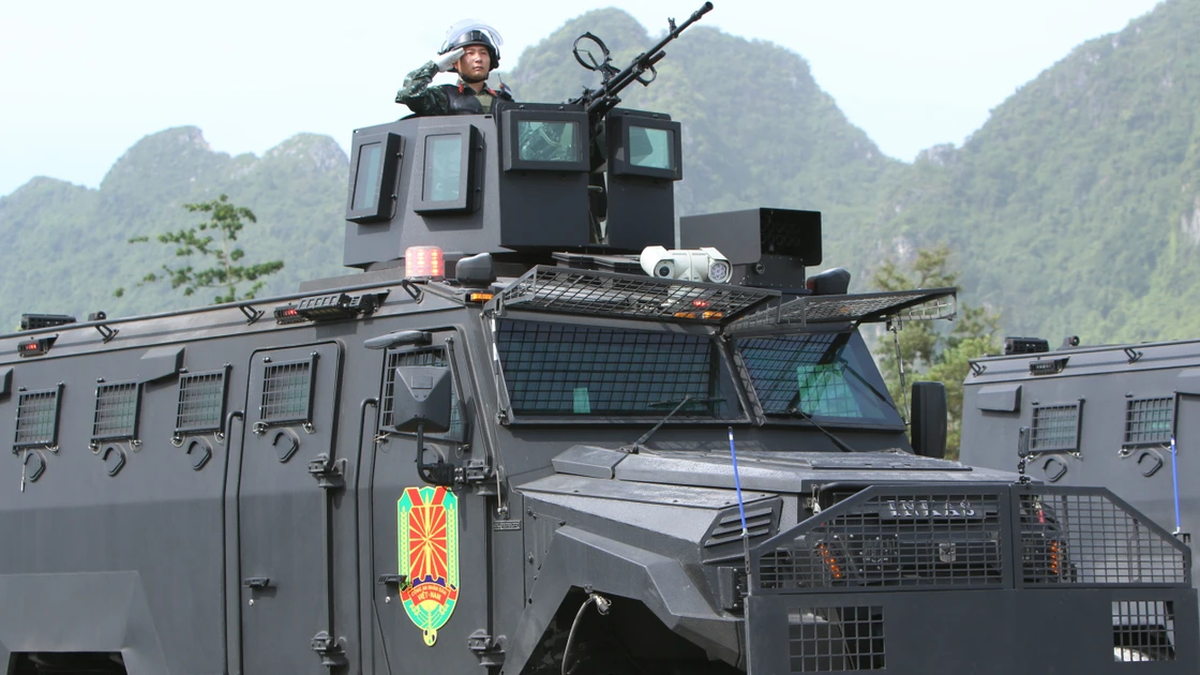
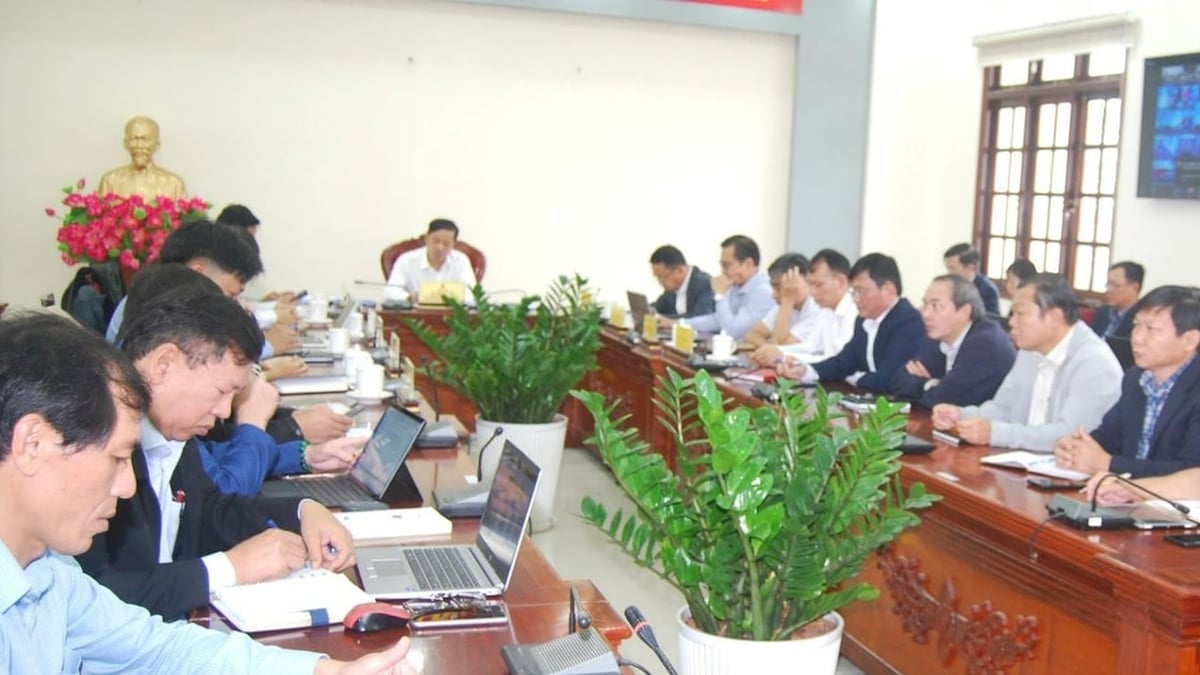
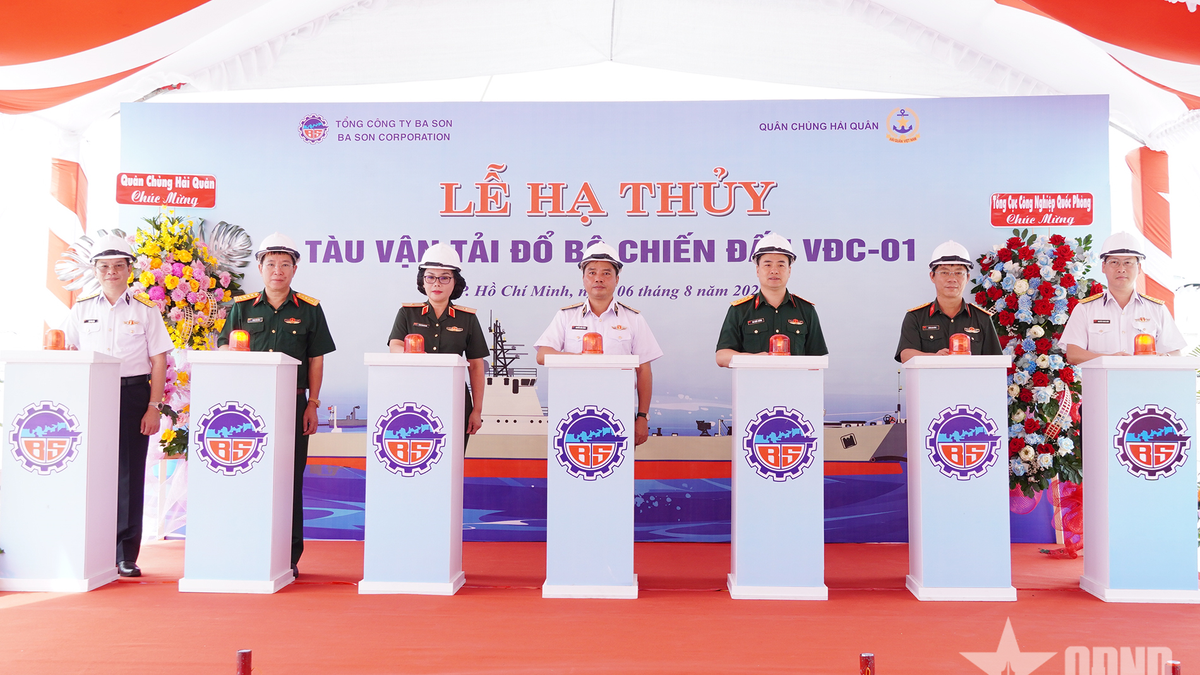

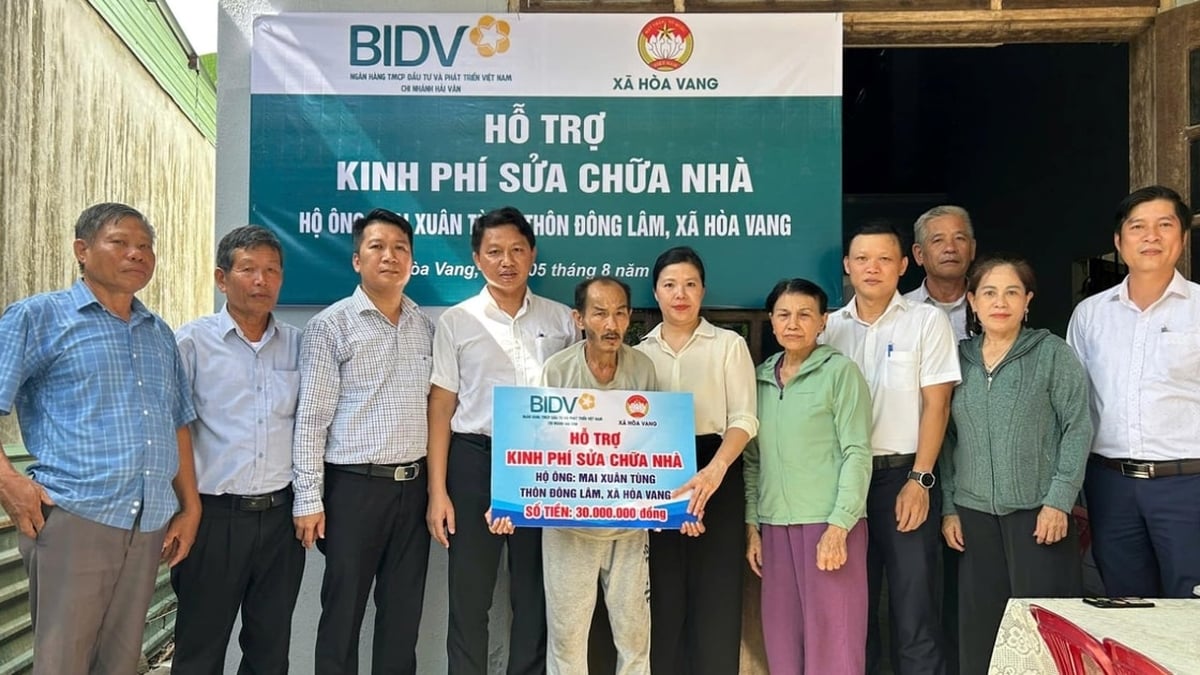






















![[Photo] Nghe An: Provincial Road 543D seriously eroded due to floods](https://vphoto.vietnam.vn/thumb/1200x675/vietnam/resource/IMAGE/2025/8/5/5759d3837c26428799f6d929fa274493)





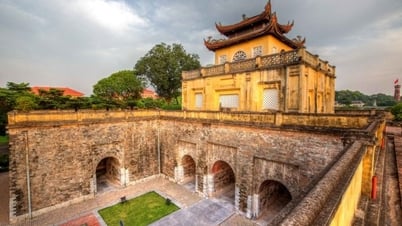

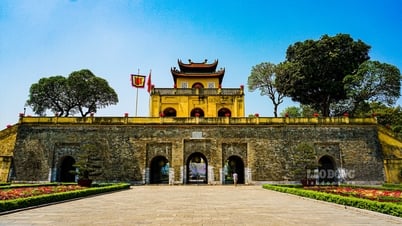















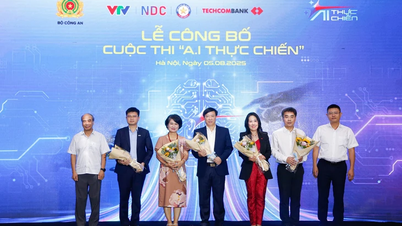
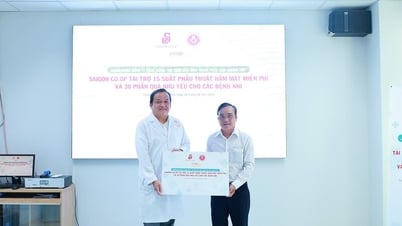






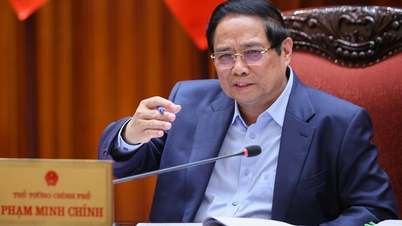

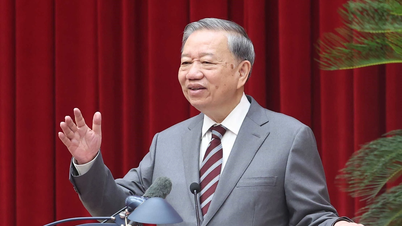
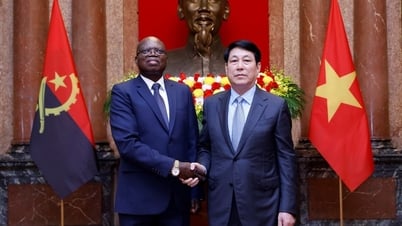






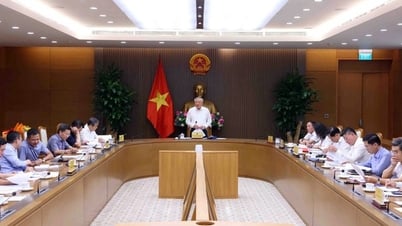

























Comment (0)